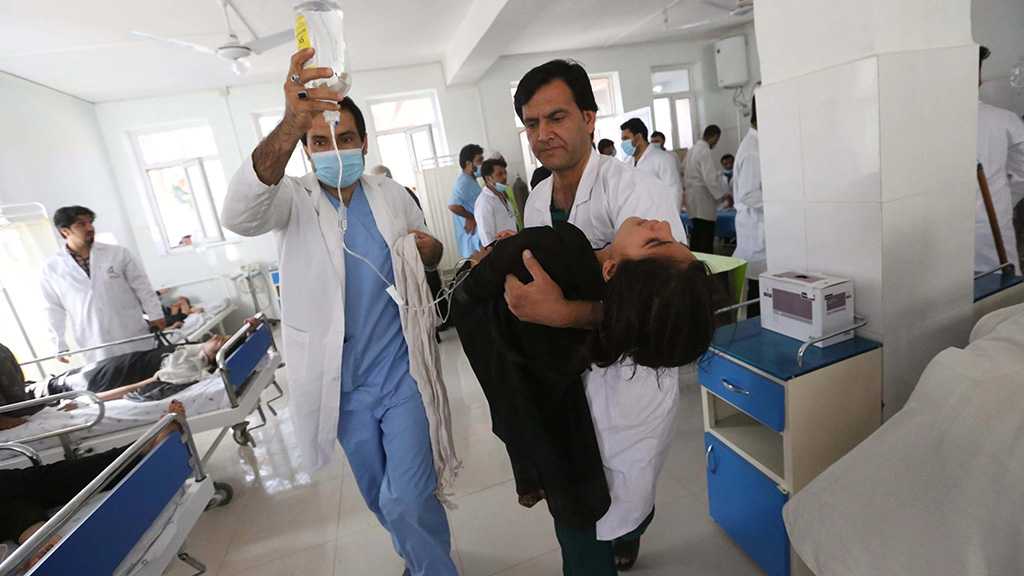Study Shows Number of Afghan Civilians Killed By US-led Airstrikes Rose By 330%

By Staff, Agencies
The number of civilians killed in US-led airstrikes across Afghanistan climbed by nearly 330 percent between 2016 and 2019, and 1,357 civilians perished in such strikes in the 2015-2019 period, a new study has found.
“The total number of civilians killed by international and Afghan Air Force airstrikes increased. International military forces, led by the US, are responsible for the majority of those killed by airstrikes from 2015 through 2019: 1,357 killed by international forces, compared to 461 killed by the AAF [Afghan Air Force],” according to a research study conducted as part of the Costs of War Project at Britain’s Brown University.
“The number of civilians killed by international airstrikes increased about 330 percent from 2016 — the last full year of the Obama Administration — to 2019, the most recent year for which there is complete data from the United Nations,” the study said.
The researchers who conducted the study also said the climbing number of civilian deaths were the outcome of the US President Donald Trump administration’s decision to relax its rules of engagement for airstrikes across Afghanistan in 2017.
In 2019, the study added, international airstrikes killed 700 civilians in Afghanistan, which marked the largest figure compared to any other year since the US-led military invasion of the country began in 2001.
The authors of the study also noted that the intensity of the US-led airstrikes in Afghanistan declined after Washington reached an agreement with the Taliban in late February this year.
Since then, however, the number of airstrikes by the Afghan Air Force [AAF] has surged.
“The Afghan government is now negotiating with the Taliban and as part of a broader offensive, perhaps aimed at increasing Afghan government leverage in the talks, airstrikes by the Afghan Air Force [AAF] have increased. As a consequence, the AAF is harming more Afghan civilians than at any time in its history,” the study further explained.




